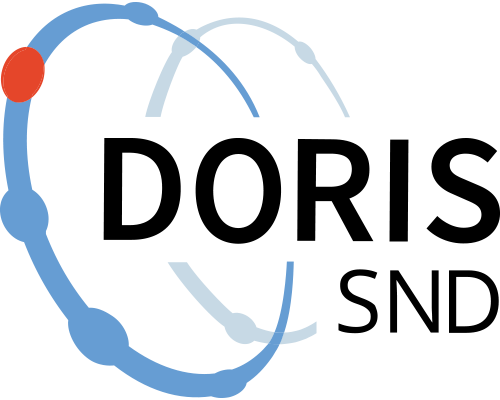The PEAK-25 cohort
The PEAK25-cohort, women 25 yrs at inclusion, addresses factors contributing to peak bone mass. In 2014 the PEAK25 cohort is still unique since there are no cohorts nationally or internationally which have been specifically designed to identify genetic and other risk factors for bone strength at this critical age or which has been followed longitudinally. By investigating 10yr change in BMD we have the potential to identify genes important for bone homeostasis, without confounding from perimenopausal hormonal changes. Parents and grand-parents have also been collected. This cohort is an important resource in terms of providing normative data for young Swedish women, providing reference data for future studies in women and investigating long-term changes in risk factors in pre-menopausal women. In PEAK-25, a total of 1,061 (response rate 49 %) underwent baseline investigation (1999-2004). Enrollment was continuous throughout the year to avoid seasonal bias. All women were 25 years old at inclusion. Exclusion criteria was pregnancy at the time of the baseline investigation or during the 12 months prior to inclusion. The cohort was followed up at 10-years. The investigations included bone mineral density (BMD) and body composition measurements, anthropometrics and BioDex isokinetic muscle force. Questionnaires provide information on lifestyle, recreational physical activity, health, food/nutrition, birthweight and hormonal function. Validated instruments for outcome (SF-36, EQ5D and Qualeffo-radius), ADL-function are also available. Information on fractures sustained prior to baseline and during followup were collected. Blood and urine samples were collected. Extensive phenotyping includes: bone turnover markers and a number of serum markers GWAS genotyping will be available in Spring 2017 (Illumina GSA Arrays “Infinium iSelect 24x1 HTS Custom Beadchip Kit”). Purpose: This cohort was designed to include women at an age closely representing ‘pure’ peak bone mass, prior to any major perturbations from external or internal factors causing loss of bone. Essentially it is a period of intact coupling between bone formation and resorption. The aim of the study was identification of gene variants and other associated risk factors for osteoporosis on the attainment of peak bone mass.
